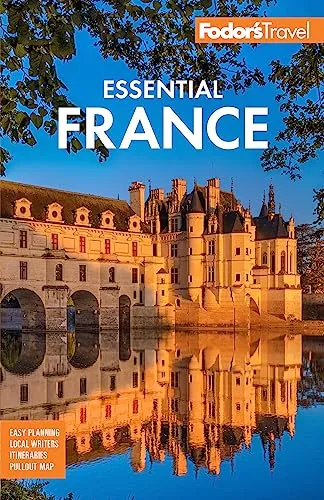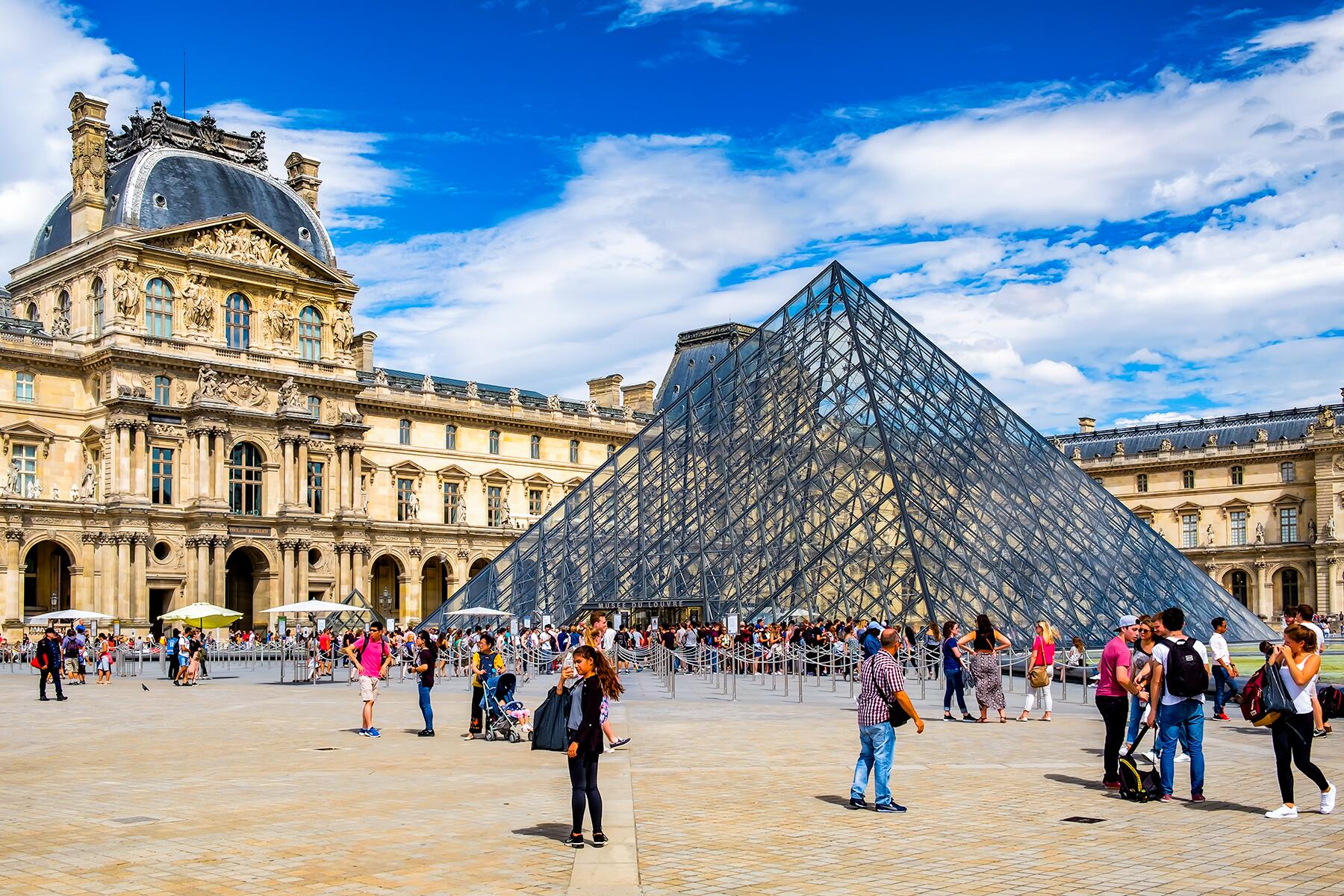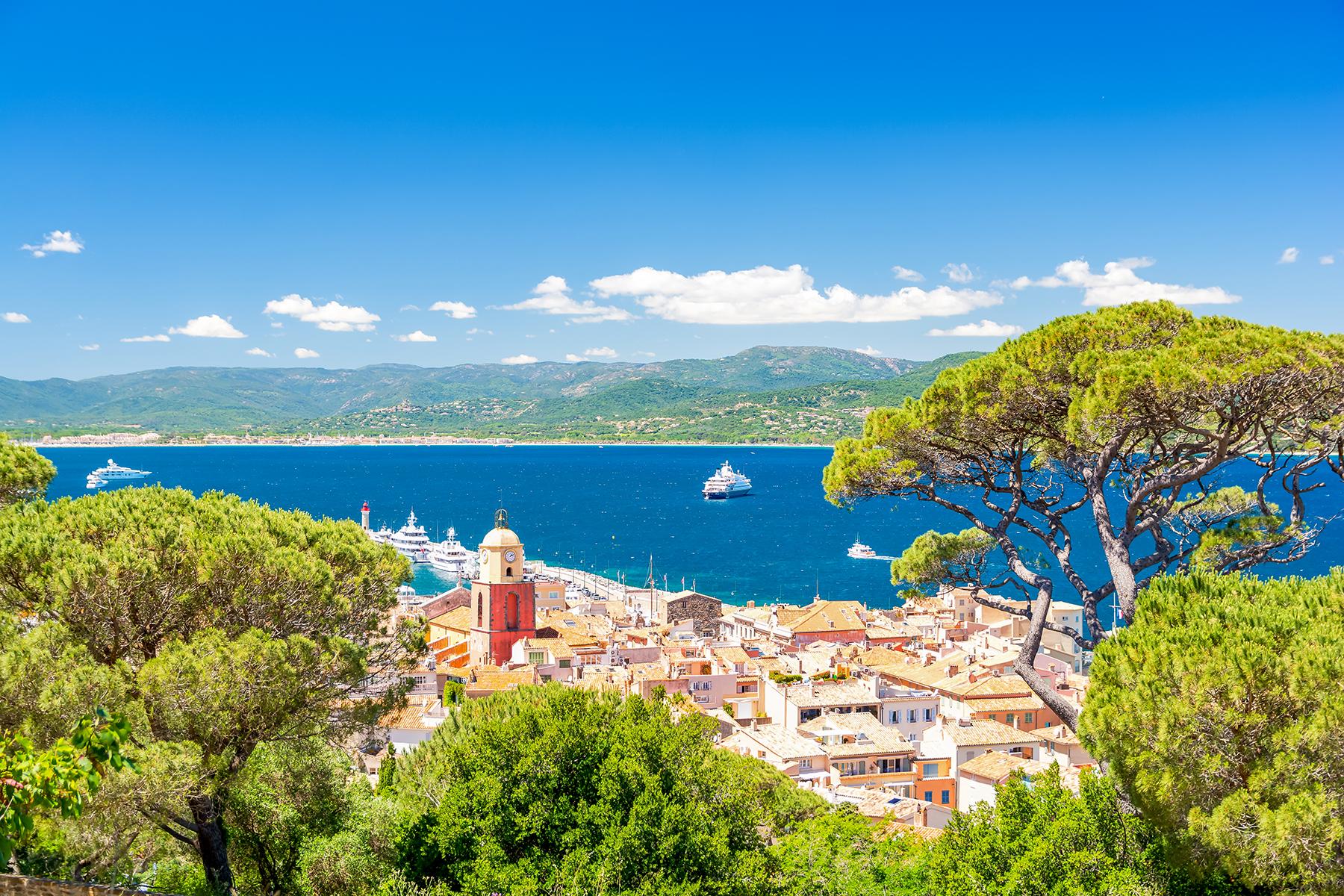The Loire Valley
The Loire Valley
A fairy-tale realm par excellence, the Loire Valley is studded with storybook villages, time-burnished towns, and—bien sûr—the famous châteaux de la Loire. These postcard staples, like Chenonceau and Chambord, seem to be strung like pearls across a countryside so serene it could win the Nobel peace prize. With magic at every curve in the road, Cinderella's glass coach might be the optimal way to get around. If that is not available, buses and trains can carry you to the main towns of the three Loire provinces—Anjou (to the west), Orléans (to the east), and the heart of the region, Touraine.
For centuries, the Loire River (France’s longest) was the region's principal means of transportation as well as an effective barrier against invading armies—and there were a lot of the l...
Read MoreA fairy-tale realm par excellence, the Loire Valley is studded with storybook villages, time-burnished towns, and—bien sûr—the famous châteaux de la Loire. These postcard staples, like Chenonceau and Chambord, seem to be strung like pearls across a countryside so serene it could win the Nobel peace prize. With magic at every curve in the road, Cinderella's glass coach might be the optimal way to get around. If that is not available, buses and trains can carry you to the main towns of the three Loire provinces—Anjou (to the west), Orléans (to the east), and the heart of the region, Touraine.
For centuries, the Loire River (France’s longest) was the region's principal means of transportation as well as an effective barrier against invading armies—and there were a lot of the latter. The valley was hotly disputed by France and England during the Middle Ages; it belonged to England (under the Anjou Plantagenet family) between 1154 and 1216 and again during the Hundred Years' War (1337–1453). So it’s understandable that towering slopes would be fortified early on and that towns would arise at strategic bridgeheads.
But why did the Loire become so prized for its châteaux? With the wars of the 15th century fading, the Loire Valley, long known as "the Garden of France," became a showplace of new and fabulous châteaux d'agrément, or pleasure castles. In short order, there were boxwood gardens endlessly receding toward vanishing points, moats graced with swans, parades of delicate cone-top towers, frescoes, and fancywork ceilings. The glories of the Italian Renaissance, observed by the Valois while making war on their neighbor, were brought to bear on these mega-monuments with all the elegance characteristic of antiquity.
By the time François I (flamboyant contemporary of England's Henry VIII) took charge in 1515, extravagance knew no bounds: on a 13,000-acre forest estate, hunting parties at Chambord drew A-list crowds from the far reaches of Europe—and the availability of 430 rooms made weekend entertaining a snap. Queen Claudia hired only the most recherché Italian artisans: Chambord's famous double-helix staircase may, in fact, have been Leonardo da Vinci's design (he was a frequent houseguest when not in residence in a manor on the Amboise grounds). From massive kennels teeming with hunting hounds at Cheverny to luxurious stables at Chaumont-sur-Loire, from endless allées of pollarded lime trees at Villandry to the fanciful towers of Ussé—worthy of Sleeping Beauty herself—the Loire Valley became the power base and social center for the New France, allowing the monarchy to go all out in strutting its stuff.
All for good reason. In 1519 Charles V of Spain, at the age of 19, inherited the Holy Roman Empire, leaving François and his New France out in the cold. It was perhaps no coincidence that in 1519 François, in a grand stab at face-saving one-upmanship, commenced construction on his gigantic Chambord. Centuries later, even the Revolution and the efforts of latter-day socialists have not totally erased a lingering gentility in the people of the region, characterized by an air of refined assurance far removed from the shoulder-shrugging, chest-tapping French stereotypes. Here life proceeds at a pleasingly genteel pace, and—despite the delights of the 1,001 châteaux that await—you should, too.
Recommended Fodor’s Video
Hotels
Things to Do
Things to Do
Explore Things to Do
Find the perfect tours and activities in The Loire Valley.
Where to Eat
Where to Eat
Need to Know
Need to Know
Language
FrenchNearby Airports
TUF, ANEElectrical Outlets
220v/50 cycles; electrical plugs have two round prongsCurrency
EuroLanguage
FrenchElectrical Outlets
220v/50 cycles; electrical plugs have two round prongsCurrency
EuroNearby Airports
TUF, ANEWhen to Go
The Loire Valley divides France in two, both geographically and climatically: to the north is the moist, temperate climate of northern Europe...Read More
Neighborhood Guides
Discover the best neighborhoods in The Loire Valley with curated recommendations from our editors.
essentials
transportation
resources
When to Go
The Loire Valley divides France in two, both geographically and climatically: to the north is the moist, temperate climate of northern Europe...Read More
Neighborhood Guides
Discover the best neighborhoods in The Loire Valley with curated recommendations from our editors.
When to Go
The Loire Valley divides France in two, both geographically and climatically: to the north is the moist, temperate climate of northern Europe...Read More
Neighborhood Guides
Discover the best neighborhoods in The Loire Valley with curated recommendations from our editors.
essentials
transportation
resources
Articles
Articles See All
Guidebooks
Guidebooks
Our worldwide travel correspondents bring you the best and most up-to-date coverage of over 7,500 global destinations.
Shop NowFodor's Essential France
For over 80 years, Fodor's Travel has been a trusted resource offering expert travel...















